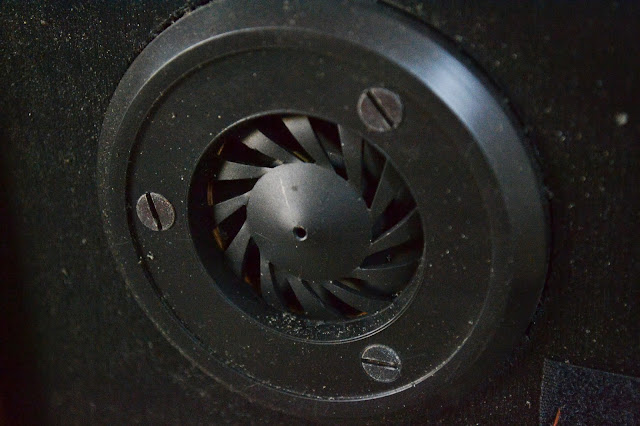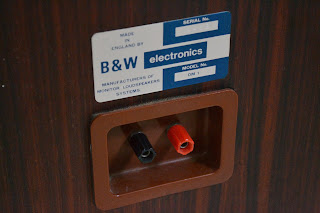Can it be true? Do I really hold the rarest of rares in my sweaty grasp?
Yes, for it was written in the stars!
Behold, the Creek CD60!
Philips TDA1541a Single Crown, CDM-4 Transport, BurrBrown OPamps, Toroidial Transformer, Extremely well regulated power supply (15 regulators), Thick steel enclosure and nice small square rubber feet on the bottom.

No fuss and no nonsense on the outside but under the hood this baby looks like heaven. The PCB is the same size as the player! The build quality is like Naim but from a small cottage industry style company in Scotland.
No fancy connections here, just a kettle lead in the back, SPdif output, if needed, and a pair of phono connectors, nice and simple. It also has a remote which is a nice slim lightweight model from philips. You will notice there's few buttons on the front of this player and the remote has little more to offer. There is no random button or the ability to program a sequence of tracks in an order of preference.... GOOD!

This is a "sit down, shut up and strap ya-self in" kinda player, designed with the most discerning audiophile in mind. The looks are sleek and crisp, it looks hand made but industrial at the same time. The whole player oozes a feel of "simply built the right way", the ultimate cottage industry philosophy. No cost cutting, no marketing rubbish, just pure honest design and the knowledge that someone took pride in what they did.
The buttons on the front are not the normal feather touch buttons we find everywhere else, but the clever use of non-latching switches instead. These switches are most common as a latching variant and can be found in a huge percentage of electrical goods as, the main power button. They give a really nice feel to the operation of the machine and such a simple idea, if only more had done the same.

Sound is first class, everything I love about the TDA shinning through and yet it remains clean and crisp while retaining that warmth we all crave. I had a short experience with the Cambridge Audio CD3 and I have to say I'm glad it was short. The upper mid and treble were a little over powering and contained a "frosty" quality that I couldn't get along with.
The Creek has some of that Ice but it retains a perfect balance. I couldn't describe it as "musical", in fact I find it very hard to characterize the sound at all. "Ah, I've got it" neutral.
Its a good player but I seldom feel the urge to player it, maybe the non-oversampling mod and some work to the output stage would improve the musical aspect but I resist the temptation. For now...
Until the next time guys...





















 <3
<3












